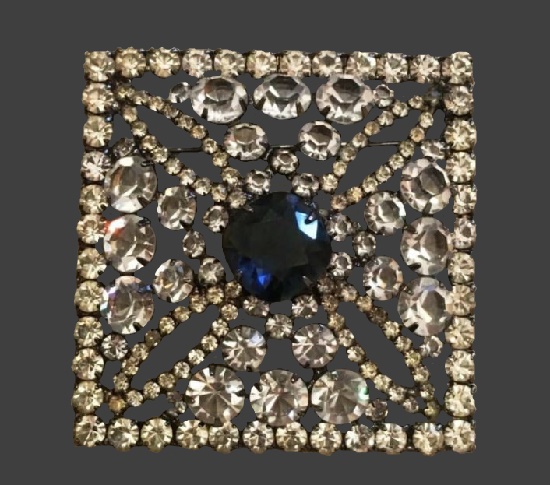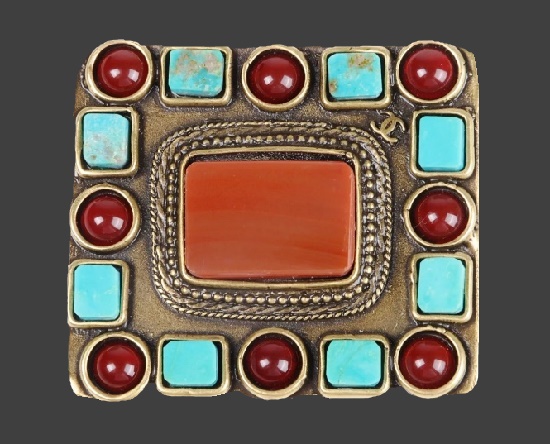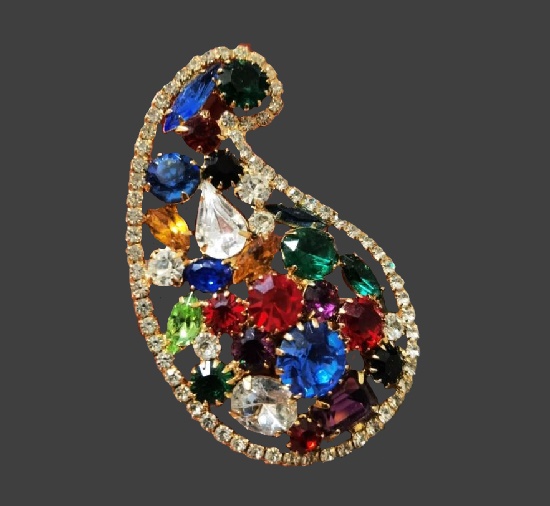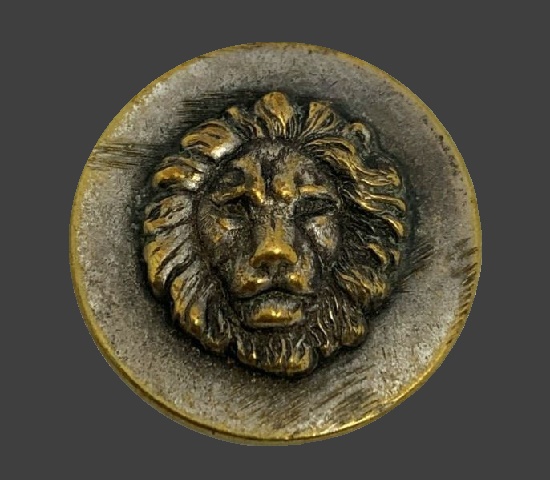Donald Claflin fine jewelry
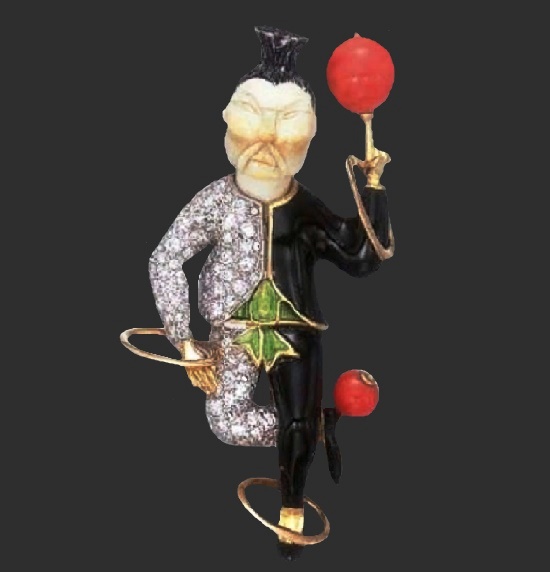
Juggling Chinese brooch. 18 K gold, carved ivory, diamonds, enamel, coral, platinum. 1960s. Donald Claflin fine jewelry
Donald Claflin fine jewelry
Massachusetts-born designer Donald Claflin (1935-1979) entered jewelry history as the creator of many unique artistic designs for the most famous jewelry companies of the time. Among them, in particular, were David Webb, Van Cleef & Arpels, Tiffany & Co and Bulgari.
He graduated from the Parsons School of Design in New York and began his career as a textile designer. However, he soon turned to jewelry making, working for David Webb and then for Van Cleef & Arpels. In 1965 he joined Tiffany & Co. Among his most famous works is the Tanzanite collection, Safari, and Pre-Colombian. Also, series of whimsical figurative brooches based on children’s books – Alice in Wonderland, Humpty Dumpty, Chicken Little and others. From 1977 he worked for Bulgari until his sudden death at the age of 44.
Today, his bright jewelry pieces made of precious metals, gems and multi-colored enamel are highly collectible and sold at the most prestigious auctions.
More »

